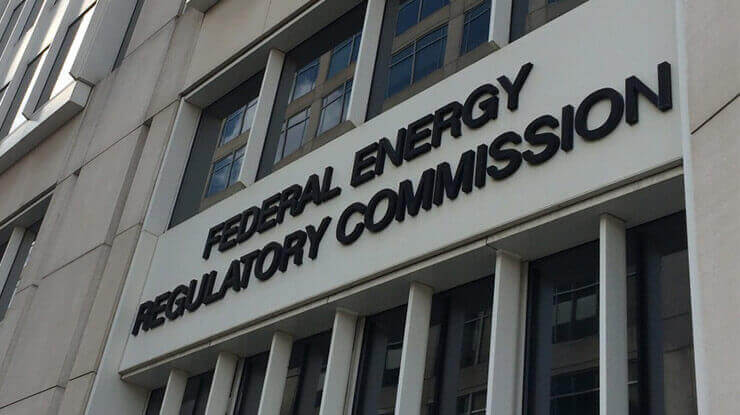Federal and state governing bodies have been regulating public utilities since the 1930s.
These regulations have been important as far as the forming of the natural gas distribution infrastructure that we have in the United States today. Over the past 80 years, there have been a number of regulations made to create the system we have today for transactions between utilities and their customers.
Although deregulation has changed many of the rules, two things remain the same: federal regulation of the commerce between two states is the responsibility of the Federal Energy Regulatory Commission, or FERC, and the regulation between utilities within a state are handled by the state’s Public Utilities Commission.
Customers benefit from natural gas deregulation because it brings competition which leads to the lowest rates possible in a market. Learn more about natural gas deregulation and how it evolved to what it is today.
The Structure of the Natural Gas Industry
The natural gas industry consists of three main functions:
- Natural gas supply at the wellhead
- Natural gas long distance pipeline transportation & storage
- Natural gas local distribution to customers
Local distribution may be the only aspect of the natural gas industry that consumers are familiar with. The local distribution companies (LDCs) are the utilities that bring service directly to homes and businesses. The LDCs also the companies that customers call for service or billing questions. For decades, local utility companies handled all three functions of the natural gas industry to ensure the safe and reliable delivery of gas to customers.
In the mid-1990’s, after much pipeline construction and growth in the natural gas industry and changes to government policy, some states determined that they could safely allow for the deregulation of the natural gas industry. Some states offer natural gas deregulation only to large industrial and commercial customers while regulating service to residential customers. Other states offer natural gas deregulation to everyone served by an investor-owned LDC, regardless of their usage volume.
Natural Gas Deregulation
In 1992, the FERC passed Order 636, otherwise known as “The Final Restructuring Rule”. This order called for the complete unbundling of gas supply from gas delivery and provided for the separation of the transportation, storage, and sales of natural gas. Some regulation remains with interstate pipelines regulated by the FERC and investor-owned LDCs regulated by the state’s public utility commission.
With retail natural gas deregulation, only the supply of gas is open to competition. This means that the consumers in deregulated states, who are served by investor-owned LDCs, may shop for a competitive gas supply rate and choose their natural gas supplier. When shopping for a natural gas plan, customers are shopping for the best gas supply rate combined with any other perks the supplier might offer. The delivery of natural gas is a separate (and regulated) charge on the bill.
For natural gas delivery, there is no change to the method of transportation or distribution of natural gas if you choose an alternative natural gas provider. The LDC that serves the customer’s address is still responsible for getting the natural gas to the customer safely, reliably, and efficiently. The price for gas transportation and distribution is regulated by state and federal regulatory bodies, and, therefore, the same for everyone within a delivery area served by the same LDC.
Customers who live in a deregulated state but are served by a municipally-owned natural gas service company may not be able to shop for competitive gas rates. This is because the state’s public utility commission allows for an exception for municipally-owned utilities to participate in deregulation.
